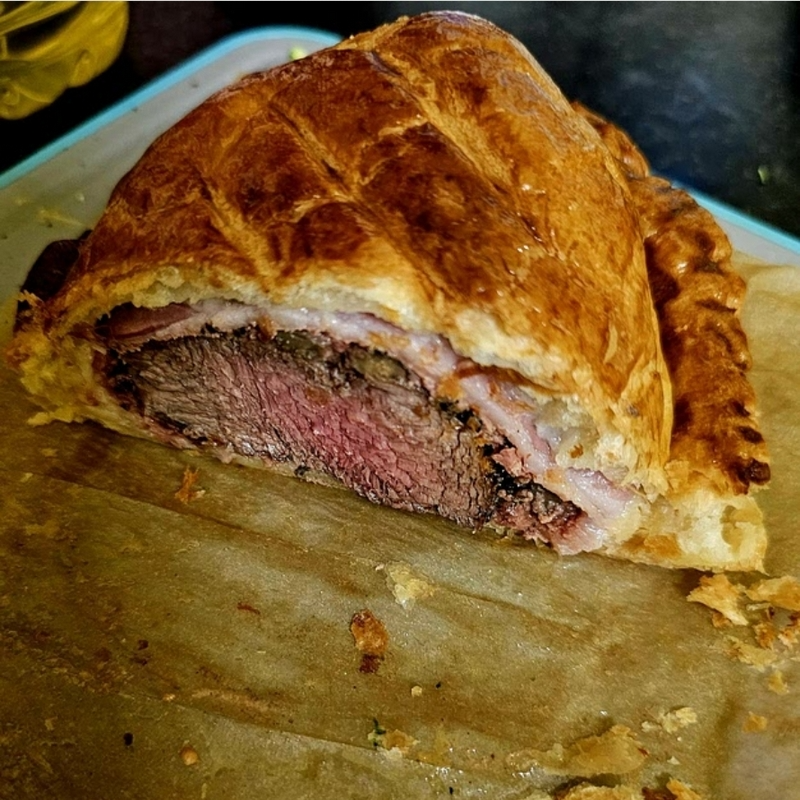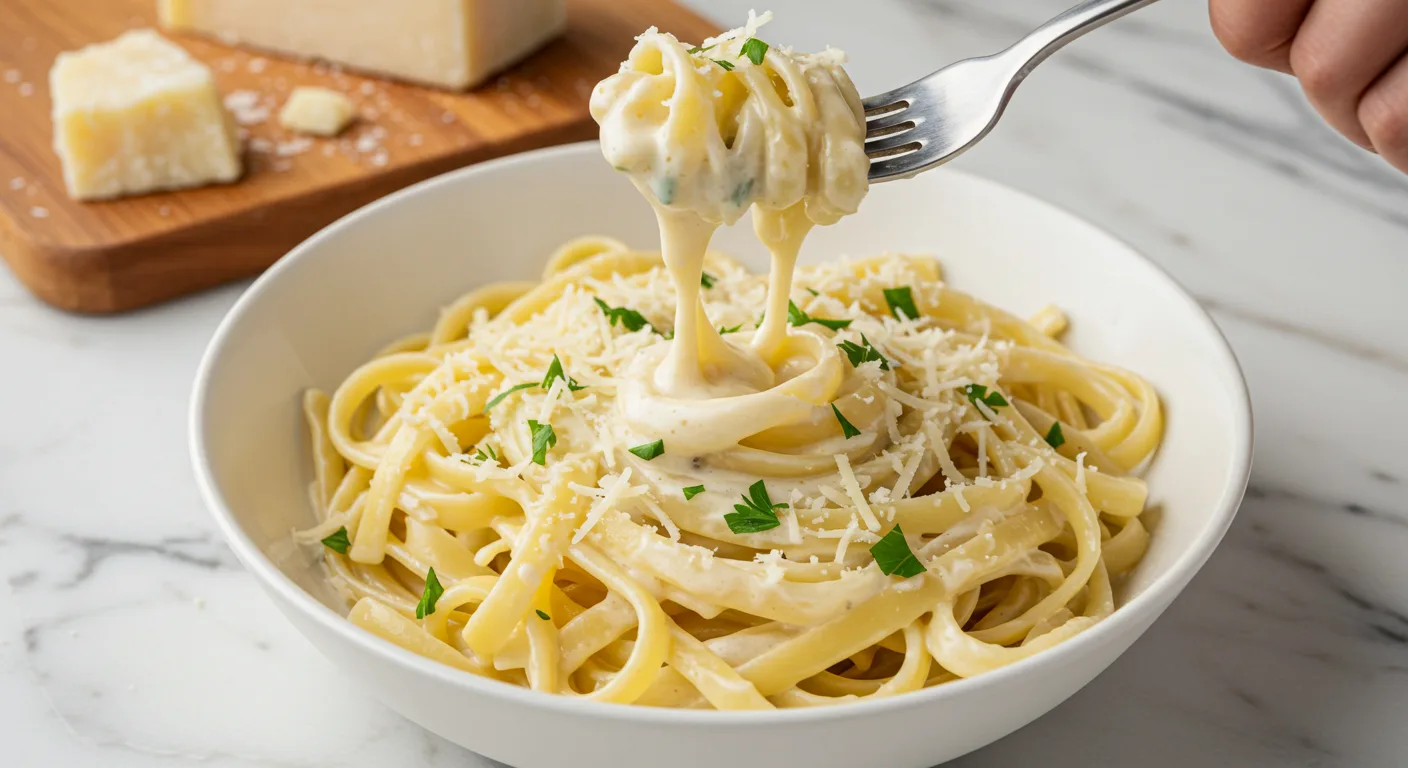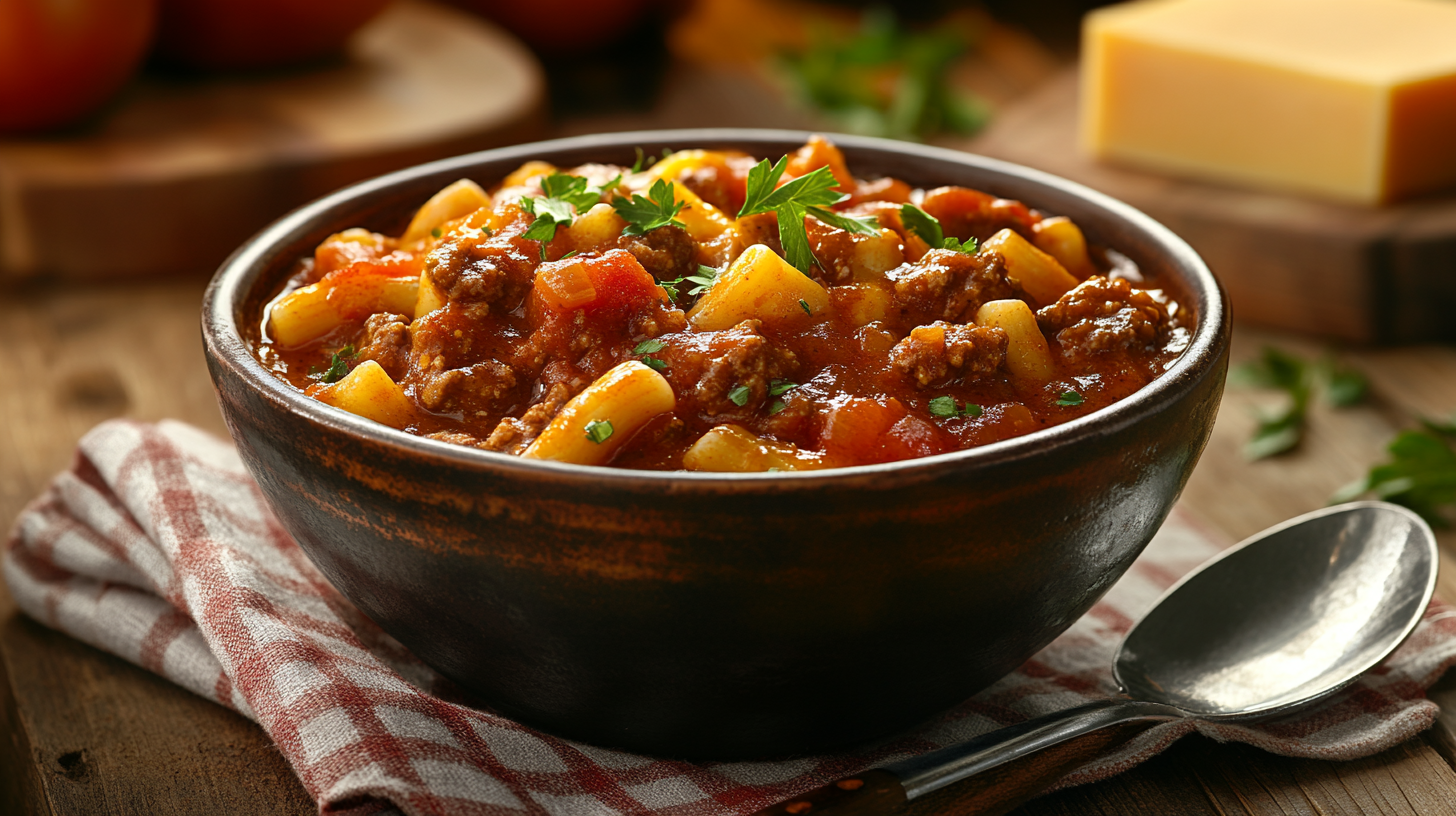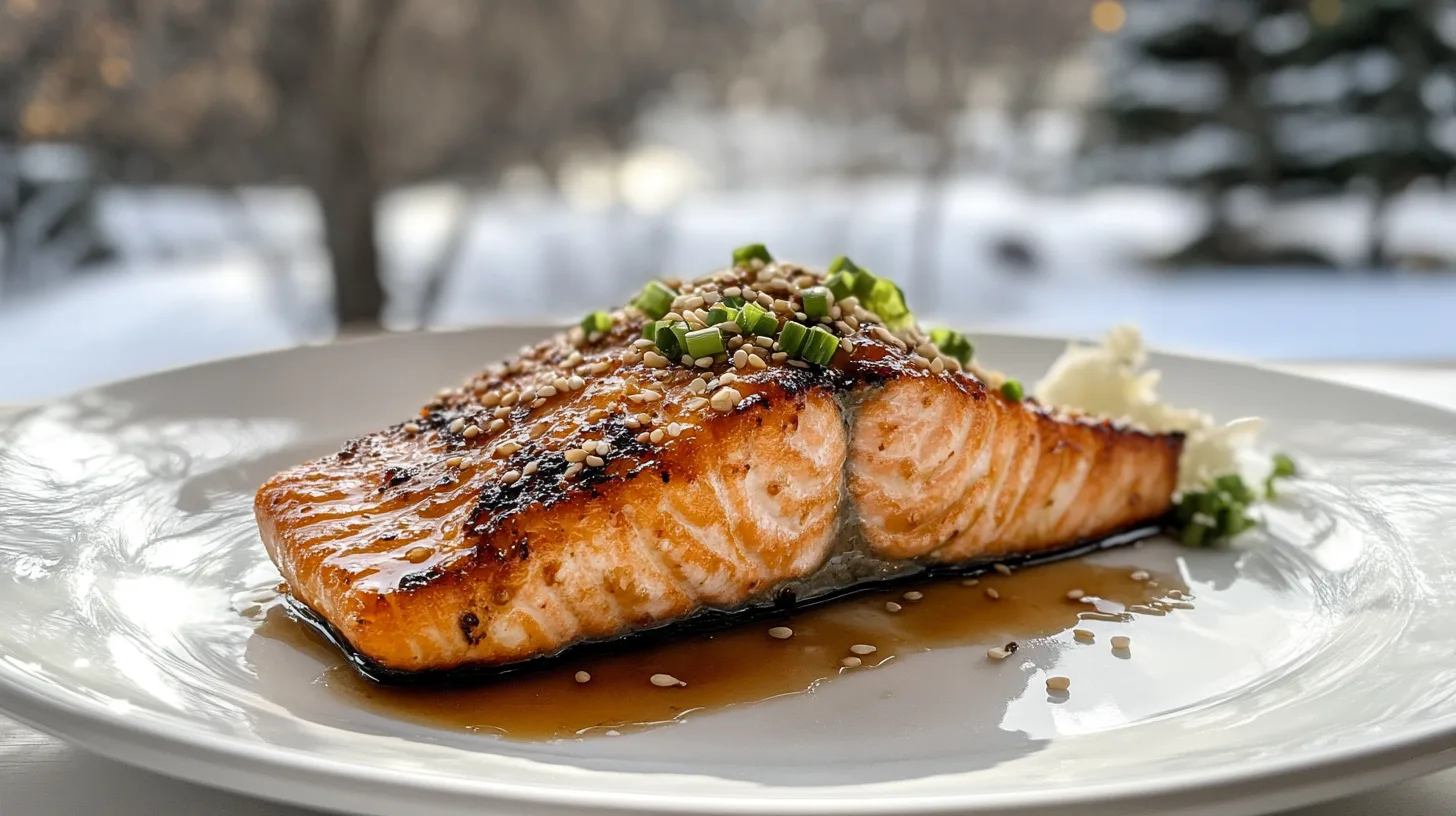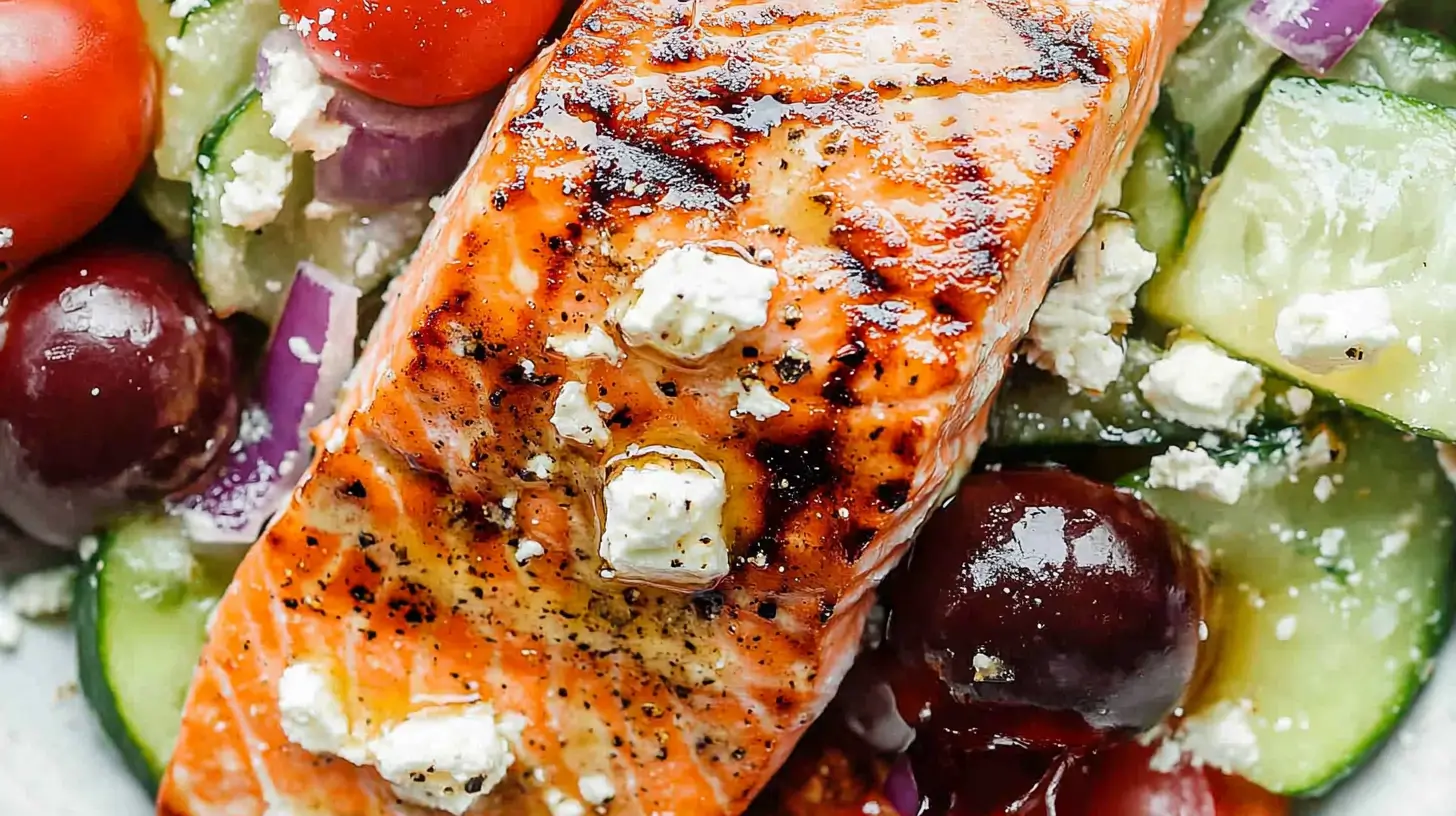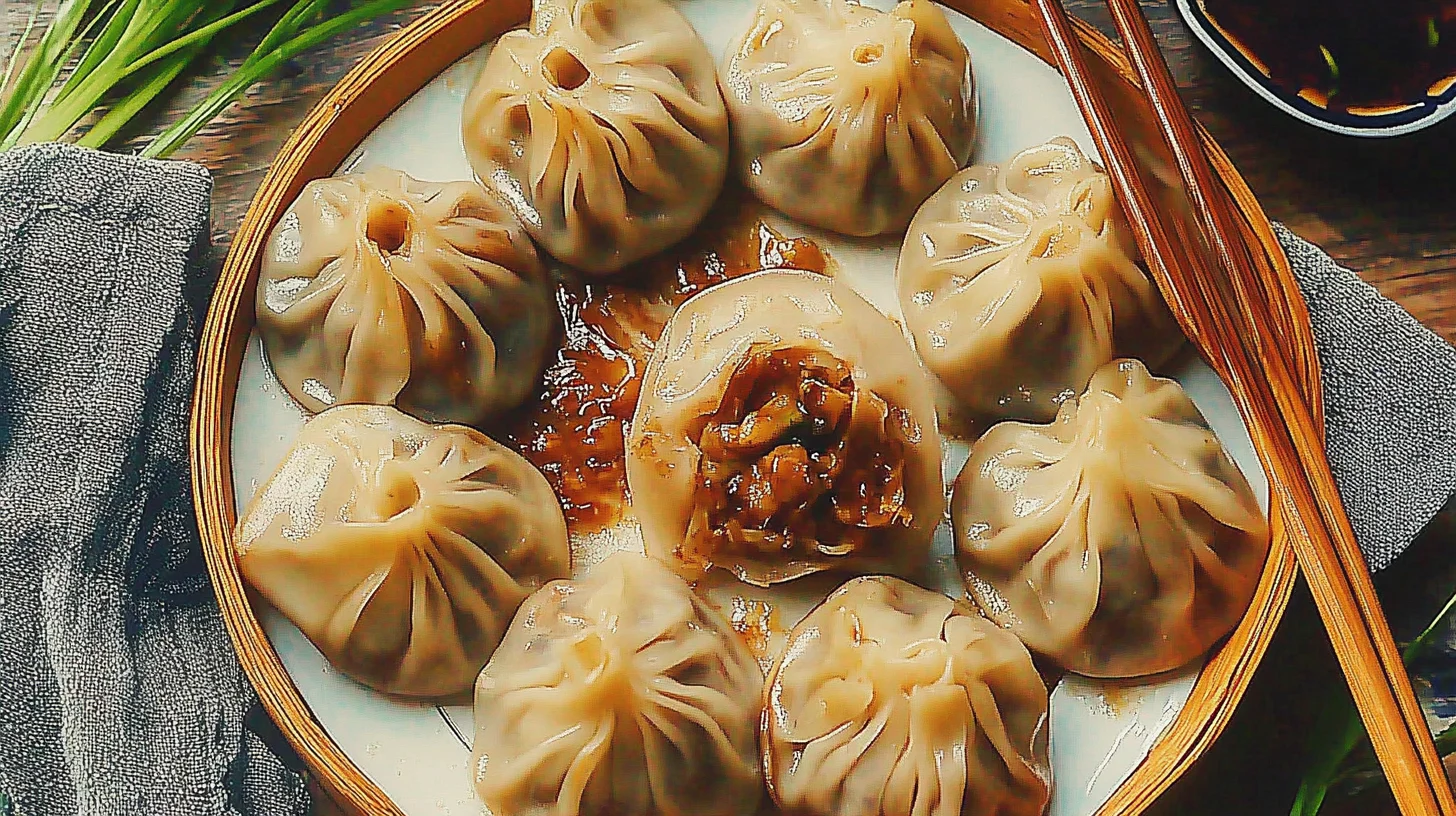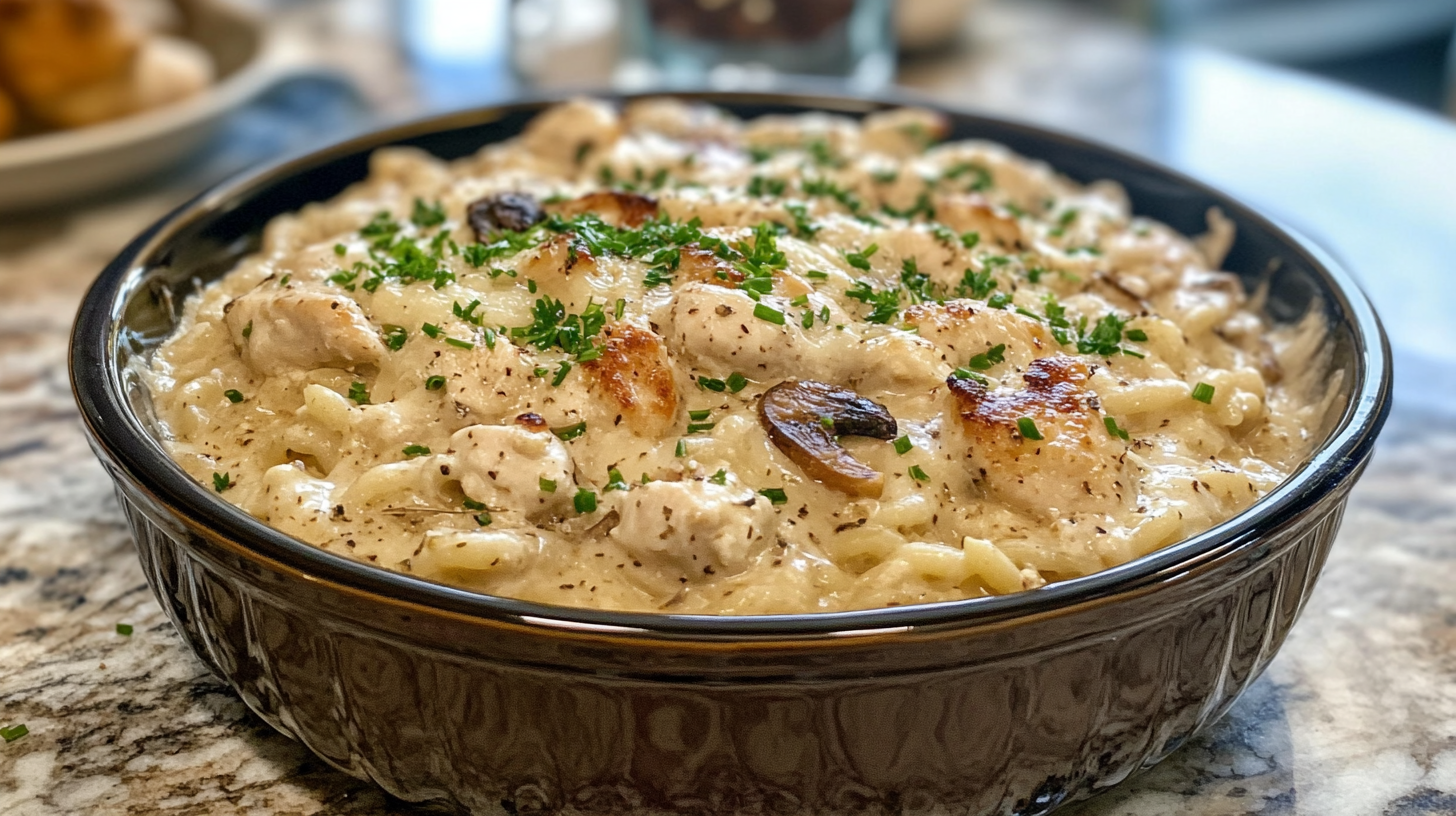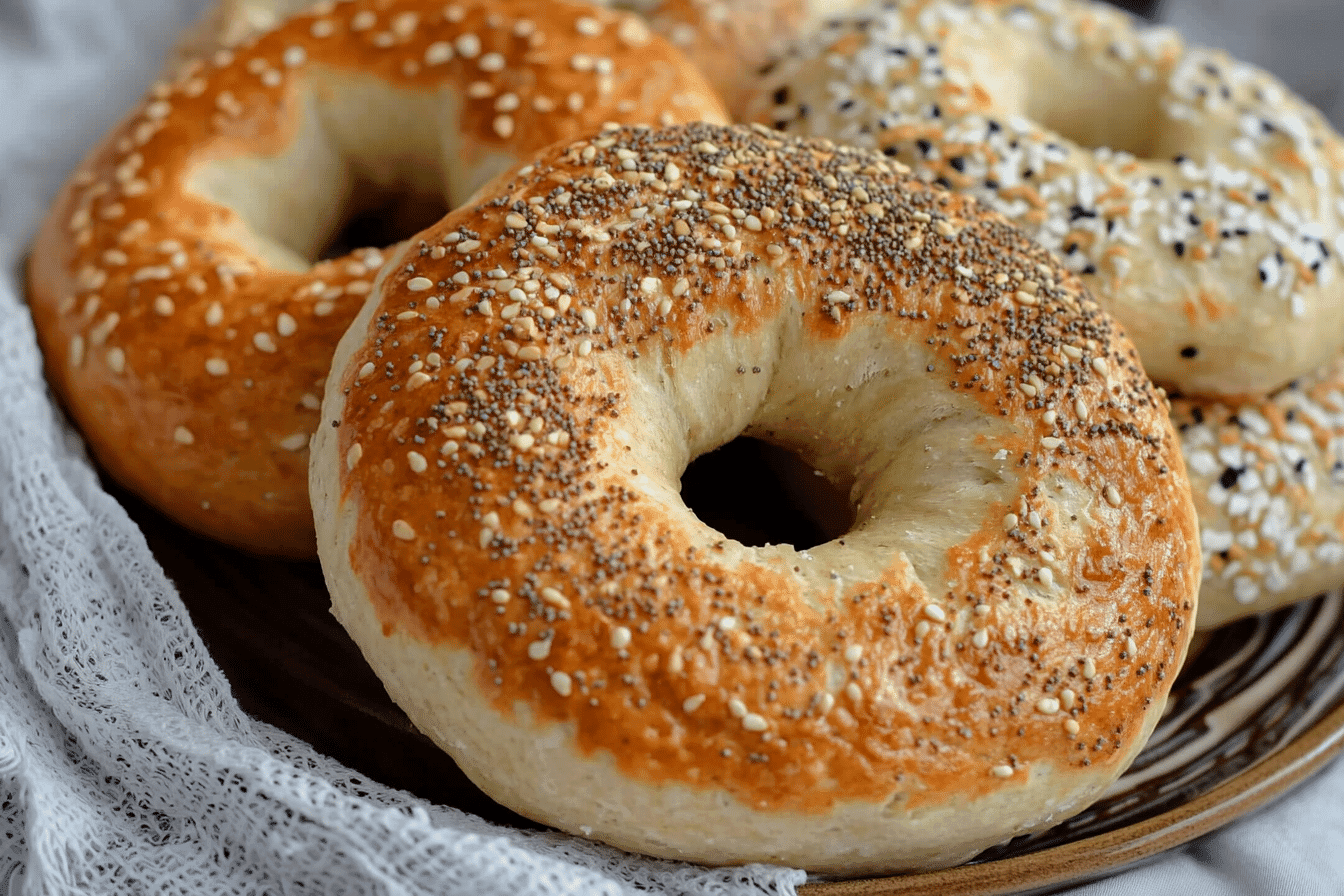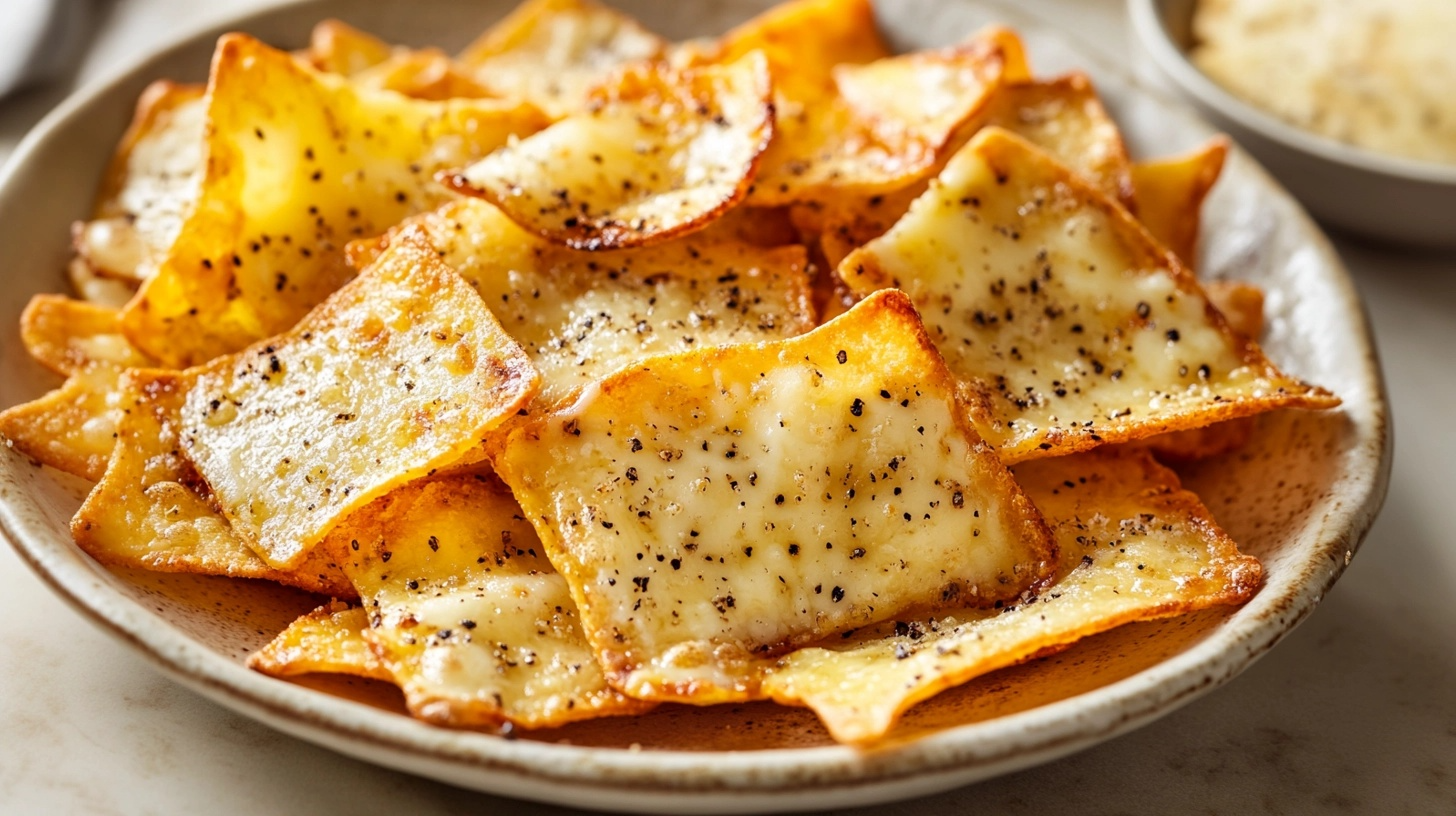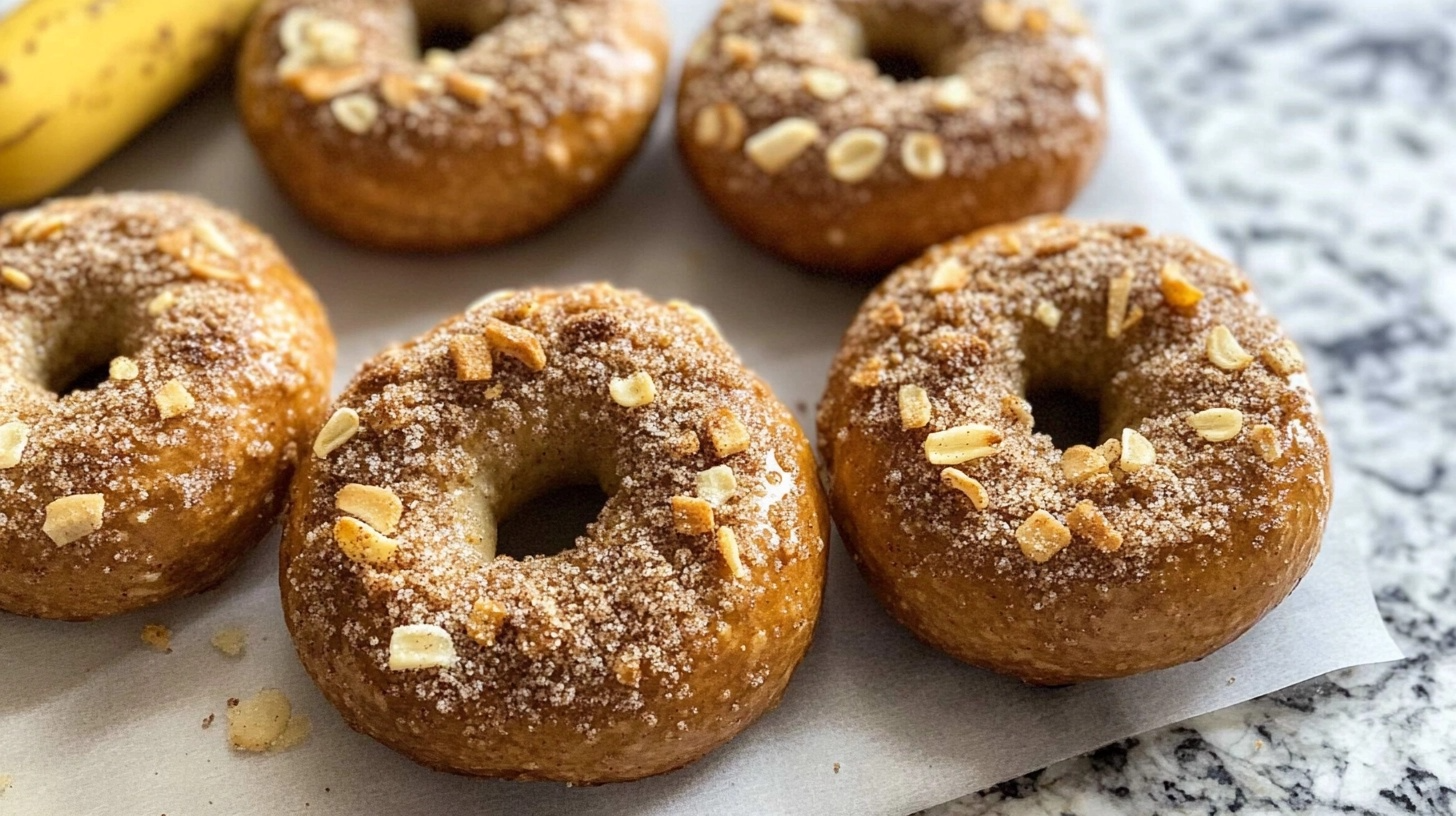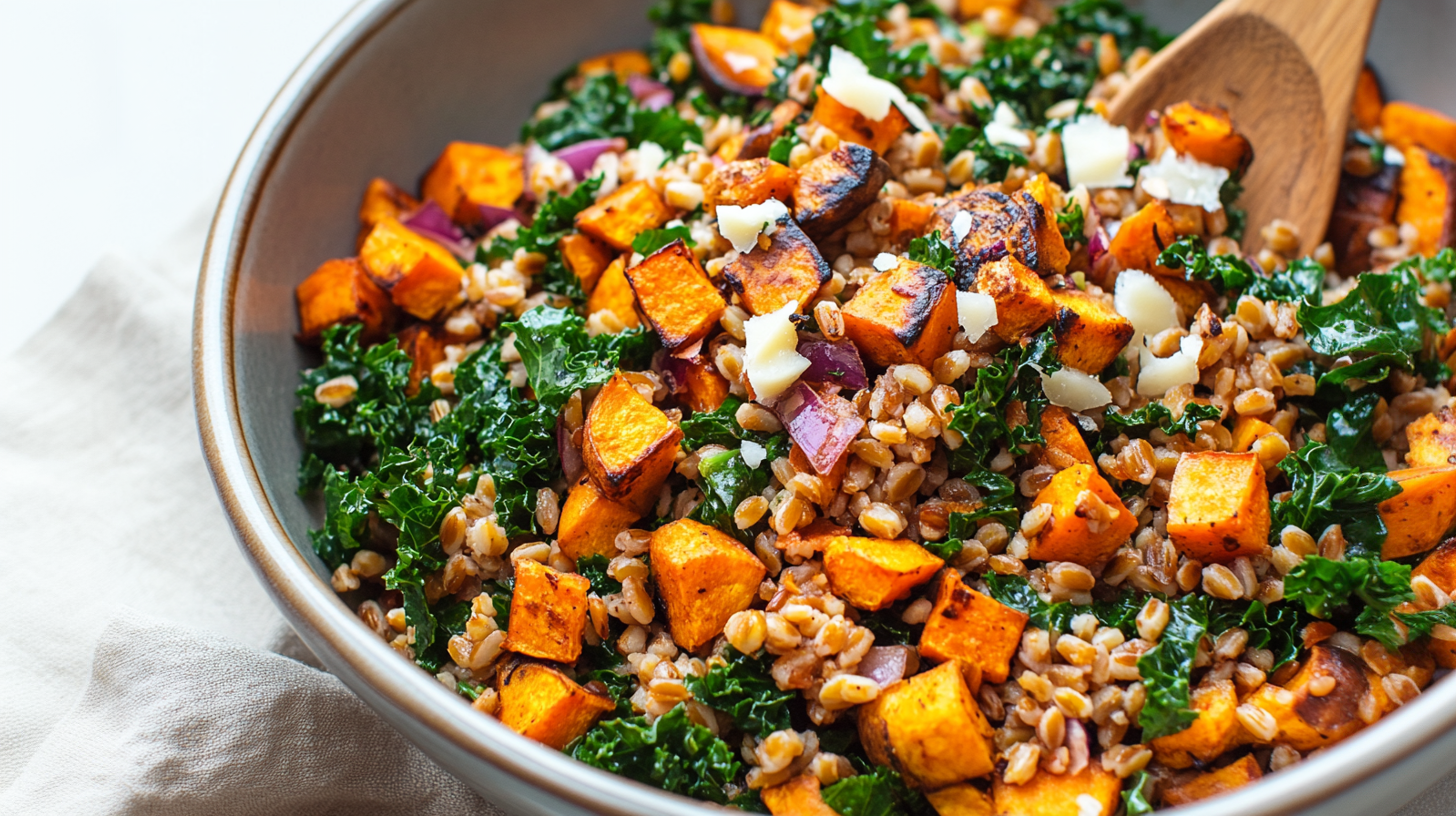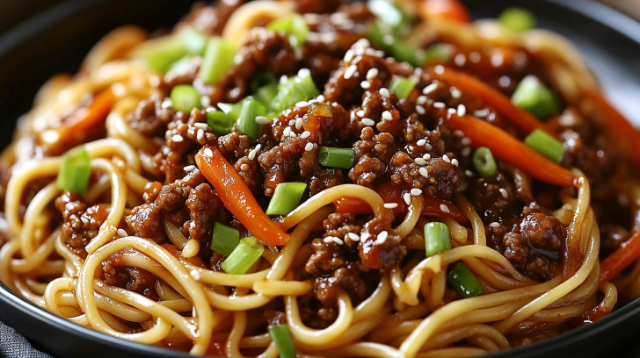Beef Wellington, a dish synonymous with elegance, is a hallmark of celebratory feasts. Its petite counterpart, Petite Beef Wellington, offers a more approachable, individualized take on the classic recipe. While both versions share foundational elements, such as tender beef fillet, savory mushroom duxelles, and flaky puff pastry, their differences lie in size, serving style, preparation, and occasions for which they’re best suited.
In this article, we’ll explore the unique characteristics of Beef Wellington and Petite Beef Wellington, helping you determine which version is right for your next culinary endeavor.
Beef Wellington: The Grand Centerpiece
Beef Wellington is a full-sized masterpiece, traditionally made with a whole beef fillet wrapped in mushroom duxelles, prosciutto, and puff pastry.
Portion and Size
- Designed as a centerpiece, Beef Wellington is typically crafted to serve multiple people.
- A single Wellington can weigh several pounds, depending on the cut of beef and the number of servings required.
Preparation
- It requires meticulous attention to detail. Wrapping a whole beef fillet demands precision to ensure even cooking and an intact pastry crust.
- Resting is crucial to prevent juices from compromising the pastry’s texture.
Serving Style
- Sliced into individual portions, showcasing the distinct layers of beef, duxelles, and pastry.
- Perfect for formal gatherings or festive dinners where presentation is paramount.
Occasions
- Beef Wellington shines at grand occasions like Christmas feasts, weddings, or dinner parties where an impressive centerpiece is desired.
For festive inspirations, check out this Christmas Salmon Recipe: A Festive Delight for the Holiday Season.
Petite Beef Wellington: An Individualized Delight
Petite Beef Wellington takes the same components as the traditional dish but scales them down into smaller, single-serving portions.
Portion and Size
- Single-serving portions make Petite Beef Wellington ideal for more intimate settings or plated meals.
- Typically prepared with medallions of beef rather than a whole fillet.
Preparation
- Easier to handle than a large Beef Wellington, requiring less puff pastry and a shorter assembly time.
- Cooking smaller portions often results in faster preparation and baking, making this option more efficient.
Serving Style
- Each guest receives their own individual Wellington, offering a more personal touch.
- Often plated alongside accompaniments like roasted vegetables or a drizzle of sauce for added elegance.
Occasions
- Petite Beef Wellington is versatile and fits both formal and casual occasions, such as romantic dinners, smaller holiday gatherings, or upscale luncheons.
For an example of a recipe with individual portions, explore this Mini Beef Wellington Recipe.
Key Differences: A Comparative Look
| Aspect | Beef Wellington | Petite Beef Wellington |
|---|---|---|
| Portion Size | Serves multiple people | Single-serving portions |
| Beef Cut | Whole beef fillet | Beef medallions or smaller cuts |
| Preparation Time | Longer, due to size | Shorter, faster to prepare |
| Serving Style | Sliced into portions | Individually plated |
| Occasions | Grand celebrations | Versatile, formal or casual events |
Choosing the Right Option for Your Needs
When to Choose Beef Wellington
- Ideal for large gatherings where a striking centerpiece can wow guests.
- Suitable for those confident in their ability to handle a larger, more complex preparation.
When to Opt for Petite Beef Wellington
- Perfect for smaller, more intimate meals or occasions.
- Easy to manage for beginners or when time is limited.
Similarities Between Beef Wellington and Petite Beef Wellington
While size and serving style set these two dishes apart, their shared foundation makes them equally delicious. Both rely on
- High-quality beef for tenderness and flavor.
- A savory mushroom duxelles to complement the richness of the meat.
- Golden puff pastry for a flaky, buttery crust that seals in juices.
For more savory options, consider these Creamy Garlic Herb Cajun Chicken Thighs for their rich and satisfying flavors.
Elevating Both Versions with Creative Twists
For Beef Wellington
- Add herbs like thyme or rosemary to the mushroom duxelles for extra flavor.
- Use a lattice pastry design for an elegant presentation.
For Petite Beef Wellington
- Experiment with different proteins, such as salmon or chicken, for individual servings.
- Offer unique fillings, like truffle oil-infused mushrooms or caramelized onions.
Conclusion
Both Beef Wellington and Petite Beef Wellington bring unparalleled sophistication to the table. Whether you opt for the grandeur of a full-sized Wellington or the personalized charm of its petite version, you’re guaranteed a dish that will impress and delight. Your choice ultimately depends on the occasion, guest count, and your culinary confidence.
Try one—or both—and savor the timeless elegance of this iconic recipe.
FAQs
- What is the main difference between Beef Wellington and Petite Beef Wellington?
The primary difference lies in size and serving style. Beef Wellington is a large centerpiece serving multiple people, while Petite Beef Wellington consists of individual portions. - Can Petite Beef Wellington be made with other proteins?
Yes, you can substitute beef with chicken, salmon, or even plant-based options for a unique twist. - Is one version easier to prepare than the other?
Petite Beef Wellington is generally easier and quicker to prepare because of its smaller size and simpler handling. - Which version is better for beginners?
Petite Beef Wellington is more manageable for beginners due to its smaller portions and shorter preparation time. - Do both versions taste the same?
Yes, the flavors are largely the same as they share core ingredients. However, the presentation and serving experience differ. - Can you freeze either version for later?
Yes, both can be frozen before baking. Ensure they are well wrapped to maintain quality when reheating.
